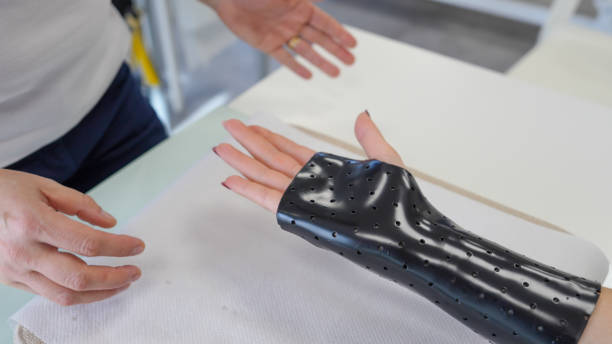Hand injuries, surgeries, and overuse can lead to stiffness and weakness. Hand physiotherapy helps restore normal function by improving flexibility, coordination, and strength. Whether you’re recovering from injury or managing a chronic condition, targeted exercises can make a big difference.
Why Is Strength and Flexibility Important for Hand Recovery?
Healthy hand movement depends on strong muscles and flexible joints. Without both, tasks like gripping, writing, or lifting can become difficult or painful.
Key goals of hand physiotherapy:
- Regain normal motion in fingers and wrist
- Restore grip strength
- Improve coordination and endurance
- Prevent long-term stiffness or weakness
- Support healing post-surgery or injury
Common Physiotherapy Techniques for Hand Strength
1. Resistance Exercises
Small weights or elastic bands are used to strengthen hand and forearm muscles.
2. Finger Lifts
Lifting each finger individually while the hand lies flat improves joint control and strength.
3. Grip Training
Using putty or hand grippers helps restore grip strength gradually.
Improving Flexibility Through Physiotherapy
1. Stretching
Gentle finger and wrist stretches reduce tightness and improve mobility.
2. Tendon Gliding
These exercises help the tendons move freely through the hand without catching or sticking.
3. Joint Mobilisation
Hands-on techniques are used by therapists to loosen stiff joints.
When You Might Need a Thermoplastic Thumb Splint
A thermoplastic thumb splint is often used during early recovery to rest the thumb joint. It supports the area while reducing movement that could worsen pain or delay healing.
Advantages of Using a Custom Thermoplastic Splint
A custom thermoplastic splint is made specifically for your hand. It offers several advantages over off-the-shelf options:
- Tailored to your hand shape and injury
- More comfortable and secure
- Easily adjustable as your condition improves
- Supports specific areas without affecting others
At-Home Tips to Complement Hand Therapy
You can support your recovery with simple steps at home:
- Follow exercise instructions from your therapist
- Use therapy putty or grip tools daily
- Apply heat before exercises to loosen the area
- Use ice packs after sessions to reduce inflammation
Conclusion
With the right physiotherapy plan, hand strength and flexibility can improve significantly. From structured clinic-based techniques to custom splints, the right approach supports faster and safer recovery.
FAQs
1. Can hand physiotherapy reduce chronic stiffness?
Yes. Targeted stretching and mobilisation help relieve stiffness and improve motion.
2. How long should I wear a splint each day?
It depends on your condition. Your therapist will advise based on your needs.
3. Is it safe to do hand exercises at home?
Yes, as long as they’re guided by a professional and done correctly.
Read more: freearticlesmania
